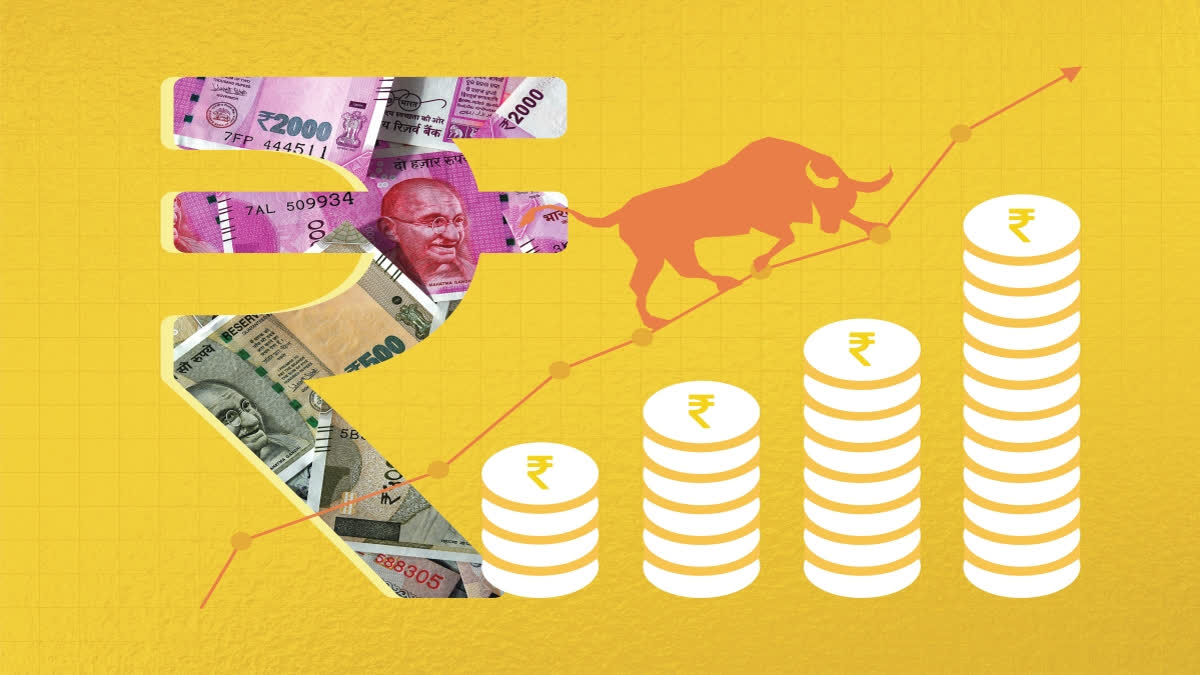Hyderabad: Analyses of the budgets of 26 states showed that the aggregate fiscal deficit of these states for the next financial year has been estimated at 3 per cent of the state GDP, which is 40 basis points lower than the revised estimates for the current financial year ending this month. The data also showed that the fiscal deficit of these states is estimated to be within the range indicated by the 15th Finance Commission, a constitutional body.
Moreover, aggregate revenue deficit is also expected to be 0.2 per cent of the states’ GDP, lower than half a per cent of the states’ GDP which has been estimated for the current financial year.
"As a result, the quality of the fiscal deficit, which is measured by the revenue deficit as a per cent of the fiscal deficit, has improved," says Sunil Sinha, Principal Economist at India Ratings and Research, a Fitch Group rating agency.
Fiscal deficit of a government shows the overall borrowing requirement of the government in a financial year. A higher fiscal deficit reflects weakness in the government's finances, a lower fiscal deficit reflects in its finances.
According to Sinha, it also means that the loans to be taken by these states in the next financial year would primarily be used for capital expenditure and the focus on capex has remained intact.
An increase in capital expenditure, which is basically public money being spent on construction of roads, ports, highways, schools, hospitals and power plants, is considered crucial for achieving higher economic growth and employment generation. An increase in capital expenditure by states shows that they are also following the path of fiscal prudence.
Another indicator which helps in gauging the quality of public expenditure is capital outlay as a percentage of total expenditure (COTE). This ratio for 26 states has been budgeted at 15.9 per cent in FY25, same as the revised estimate for the current financial year. However, it is higher than 13.7 per cent recorded during FY18-FY20.
"The states' quality of deficit is budgeted at 7.3 per cent in FY25 which would be the best since FY19," Sinha said in a statement sent to ETV Bharat.
An analysis of the budgets of these 26 states showed that out of 26 states, 19 have budgeted an increase in their capital expenditure for the next financial year compared to the pre-pandemic average.
However, this is not true for all 26 states as the ratio of capital expenditure to their total expenditure has been projected to decline in states such as Bihar, Haryana, Himachal Pradesh, Karnataka, Mizoram, Punjab and Telangana.
However, all is not well with the state finances as they are not following a clear or predictable principle in managing their borrowings. The actual deficit of states has turned out to be much lower than what was projected in their budget.
For example, the aggregate fiscal deficit of the states which was budgeted at 3.4 per cent and 3.3 per cent of the GDP in FY22 and FY23, respectively, turned out to be much lower at 2.7 per cent for both the financial year, a decline of 70 and 60 basis points for these two years.
On the other hand, the aggregate fiscal deficit was much higher at 3.4 per cent of the GDP as in the current financial year which was estimated at 3.1 per cent of the GDP.
Lower revenue growth a cause of concern
Unpredictable fiscal deficit is not the only problem with the state finances. States are facing another problem, their revenue receipts are expected to grow at a lower rate in the next financial year.
For example, the aggregate revenue receipts of these 26 states have been budgeted at Rs 44.2 lakh crore, a growth of 9.2 in the next financial year over the current financial year. This is the lowest since the Covid-19 global pandemic started in FY 2020-21.
It is attributed to decline in grants from the union government. The data showed that the grants from the union government have been budgeted at Rs 6.3 lakh crore for the next financial year, which is 7.4 per cent lower than the revised estimates for the current financial year.
Moreover, the tax devolution from the union government to states has been budgeted to grow 10.4 per cent in the next financial year. As a result, the grants plus tax devolution from the union government to states are projected to be at 5.5 per cent of the GDP in the next financial year, which is a low for the last several years.
Revenue expenditure of states to remain high
While the focus of both the Union and states have been on increasing their respective capital expenditure but it does not mean that the revenue expenditure of states are coming down.
The data showed that the aggregate revenue expenditure has been budgeted at Rs 44.9 lakh crore in the next financial year, an increase of 7.2 per cent over the revised estimates for the current fiscal.
Within revenue expenditure, the committed payments such as interest payments, pensions, administrative services have been estimated at 31.6 per cent of the aggregate revenue expenditure for these states in the next fiscal. It is higher than the revised estimates for the current financial year but much lower than 32.5 per cent which was recorded during FY 2021-22.



